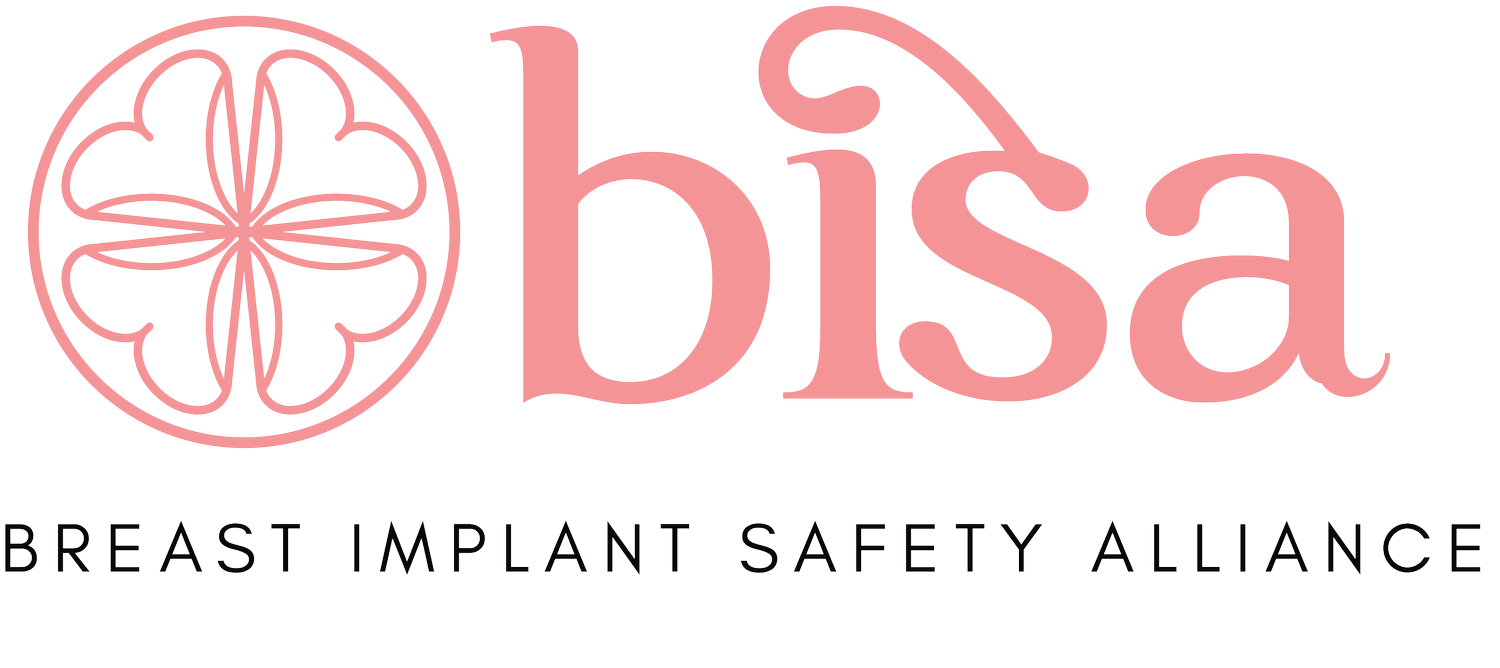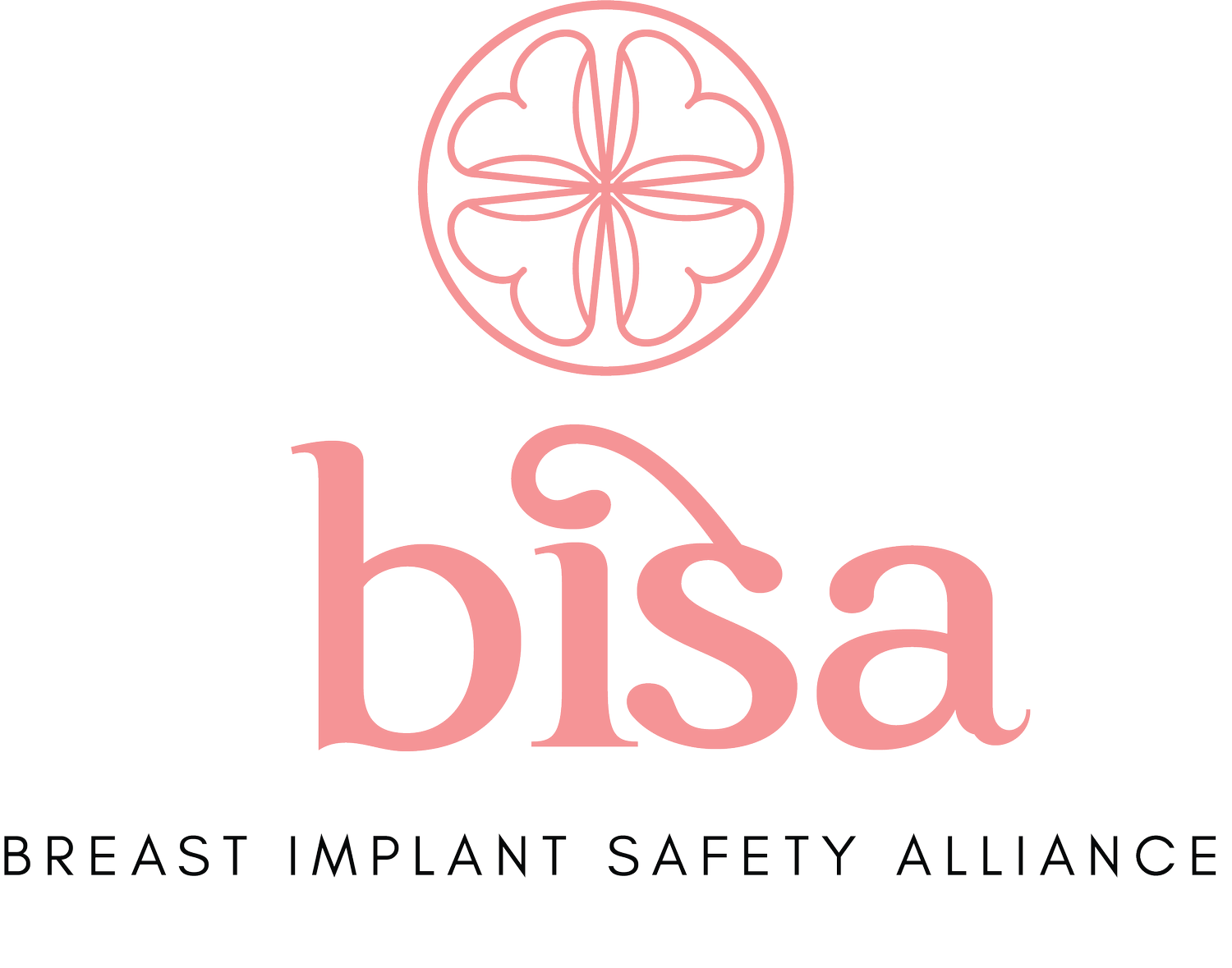The Hidden Risk of Silicone Residues: What Every Woman with Breast Implants—Past or Present—Needs to Know
For years, women with breast implants have reported persistent health issues, even after removing their implants. While explantation may often provide varying levels of relief, some continue to experience inflammation, fatigue, joint pain, and neurological symptoms. But why? Groundbreaking new research suggests that residual silicone particles left behind in the body may be triggering long-term inflammation, posing a serious risk to women’s health.
A recent study published in Plastic and Reconstructive Surgery – Global Open, co-authored by Dr. Siham Azahaf, one of BISA’s esteemed medical advisors, explored the use of Positron Emission Tomography (PET) imaging to detect silicone-induced inflammation in women who continued experiencing symptoms years after explantation. The findings in “The Role of Positron Emission Tomography Imaging in Breast Implant Illness” paper were alarming:
Silicone particles were still present in the body years after implant removal, detected in lymph nodes, the chest, and other areas.
PET imaging revealed signs of inflammation in all patients studied, suggesting that silicone residues may provoke ongoing immune responses.
Some women had evidence of silicone-related inflammation up to 11 years post-explant, demonstrating that the effects of silicone exposure can be long-lasting.
In biopsied cases, researchers confirmed silicone lymphadenitis—a chronic foreign body reaction to silicone.
Why This Matters
Many women are led to believe that removing breast implants will completely resolve their symptoms. However, this research raises a critical concern—silicone residues may persist, triggering long-term immune responses. These particles can travel through the body, lodging in lymph nodes, lungs, and other tissues, where they may continue to cause chronic inflammation.
This is particularly concerning for women experiencing systemic symptoms commonly referred to as Breast Implant Illness (BII), which include chronic fatigue and brain fog, muscle and joint pain, autoimmune-like reactions, swelling of lymph nodes and (recurring) fever, skin rashes and hair loss.
The Role of PET Imaging in Breast Implant Illness
PET imaging could become a critical tool in identifying silicone-induced inflammation in women suffering from persistent symptoms. This study highlights the need for better diagnostic methods and continued research into how silicone exposure affects the immune system—even after explantation.
What Women Need to Know
Silicone doesn’t just stay in the implant – Over time, it can leak, migrate, and remain in the body, even if the implant is intact.
Inflammation can persist after removal – Some women continue to experience symptoms years after explantation due to lingering silicone residues.
Research is proving that silicone can trigger real immune responses, affecting overall health.
More research is needed – While PET imaging shows promise, the full impact of long-term silicone exposure is still not well understood.
Important to Note: According to the researchers, not all women with silicone residues have silicone induced inflammation. Some women change their implants after a rupture and do not develop complaints. Furthermore, PET imaging is not positive in women where the silicone residues are not causing inflammation.
What Can You Do?
Be aware of symptoms – If you have or have had breast implants and are experiencing unexplained health issues, consult with your doctor.
Consider imaging – A simple ultrasound may be able to detect silicone deposits in the lymph nodes in your armpits or breast. Advanced scans like MRI may help detect residual silicone deposits and secondary PET imaging can detect potential silicone induced inflammation.
Report your symptoms – The FDA MedWatch program collects reports on breast implant-related health issues. Your voice helps push for more independent research and policy changes.
SUMMARY
Question: Can silicone residues from silicone breast implants cause inflammation after the implants are removed?
Findings: Using positron emission tomography–computed tomography, the study identified fluorodeoxyglucose-avid lymph nodes and other tissues with silicone residues in women with persistent complaints years after the surgical removal of the implants.
Meaning: Silicone residues may elicit inflammatory responses even years after the surgical removal of breast implants, potentially explaining persistent symptoms of breast implant illness. The role of positron emission tomography imaging in breast implant illness warrants further research.
This research confirms what many women have long suspected—silicone exposure can have long-term effects on the body, even after explantation. If you’re experiencing persistent symptoms, it’s crucial to stay informed, seek medical guidance, and advocate for better healthcare solutions. Your health matters and your voice can help drive change.
Resources & References
FDA: Medical Device Reports for Systemic Symptoms in Women with Breast Implants
The Role of Positron Emission Tomography Imaging in Breast Implant Illness
FDA: What to Know about Breast Implants
Breast Implant Iatrogenics: Challenging the Safety Narrative
BISA: Dr. Siham Azahaf Interviewed About Breast Implant Illness in Dutch Editorial
BISA: What All Women Should Know About Breast Implants
Breast Implant Safety Alerts & Updates
About Breast Implant Safety Alliance (BISA)
The Breast Implant Safety Alliance (BISA) is the largest organization of board-certified patient advocates and subject matter experts in the world dedicated to patient and consumer safety relating to breast implants. Representing the millions of individuals worldwide that currently have, had, or are considering breast implants, the alliance is a non-industry funded leading authority dedicated to providing balanced, evidence-based information for informed decision making about breast implant surgery and related issues. Founded in 2019 by women, BISA is a grassroots nonprofit organization led by volunteers who do not receive a salary for their work.
Contact: Maria Gmitro, President | maria@bisanonprofit.org


